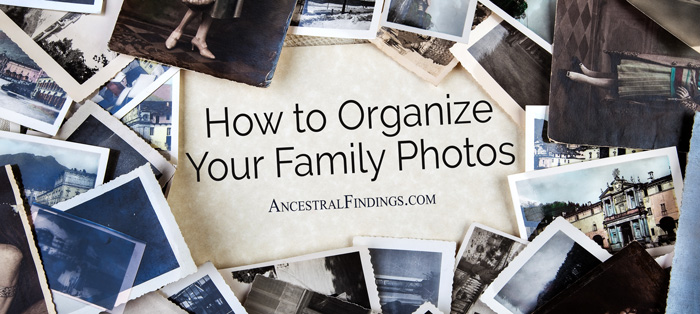In this modern world of electronic genealogy research and record-keeping, it may seem strange to say that low tech methods of keeping records are still needed. It’s true, though. You should always have backups of your research in places other than your computer. What would happen to all of your research if your computer crashed due to a virus, electrical surge, or mechanical issue? Would you be able to get all of that valuable data back? Keeping your data regularly backed up onto an external hard drive ensures there is always an electronic copy available. But even that isn’t enough to keep the integrity of your research secure. You might not always have access to a computer to plug the external hard drive into, or the grid might go down for who knows how long. By using low tech methods of record-keeping alongside your electronic ones, you can always be sure your valuable genealogical research is safe.
Here are some of the most effective and organized methods of using low tech record keeping in your genealogical research.
Keep Files on Individual Family Lines
Sticking with the oldies but goodies is always a great idea. Files have worked for organizing things for centuries. They still work just as well today. You can use them with your genealogical research in the following way:
- Keep a large hanging file for each family line you are researching. Put the family’s last name in the tab at the top of the file.
- Within each family hanging file, include a manila file for each individual you are researching in that family.
- Put any copies of records, research notes, and printouts of records found online regarding each individual into their file.
- Keep all files in a filing cabinet, organizing them in alphabetical order according to family surname.
Use Family Binders
Get a large three-ring binder for each family line you are researching. Make sure the binders each have a plastic pocket on the front and on the side, as well as an interior pocket on each side inside. Type and print (or handwrite, if your handwriting is good) the family surname on a piece of paper to go in the front pocket, under the clear plastic, and another one to go in the side pocket so you can see the family name on your bookshelf (you may have to cut this piece of paper into a thin strip to fit).
Inside the binder, put all records pertaining to that family in plastic paper covers with three holes in them so they can be affixed inside the binder as pages. Organize the records in each binder by type and date. This means you should keep all birth certificates together, going by oldest to newest, all newspaper clippings together from oldest to newest (and further organized by person they pertain to), and so on.
Keep these binders in alphabetical order by family surname on a bookshelf. You will always have easy access to hard copies of your genealogical research when you need them.
Keep Heirlooms in Labeled Waterproof Containers
Not every piece of research is going to be on paper. Sometimes, your research will be in the form of an heirloom. You can record what the heirlooms are and where you got them on your computer. You’ve got to store the heirlooms, though. The best way to do this is to put them in a waterproof plastic container with the owner’s name on a label on the top. Inside the container, on top of the heirloom or heirlooms, include a typed sheet of paper cataloging what is in the container, who it belonged to, and its approximate year and location of origin. Save copies of your typed catalog on your computer so you can add to it and print out a new one if you get a new heirloom that belonged to that person. You can store heirlooms by family as well, but if there are a lot of heirlooms, it is better to store them by individual.
Using these low tech methods, you can keep excellent track of your genealogical research. You’ll always know where it is, and know it’s safe from any computer issues that may arise. I’ve used all of these methods myself and continue to do so. I can always find any piece of research I need with ease, either on my computer or with one of my low tech methods. I highly recommend you do the same with your research. It works.












